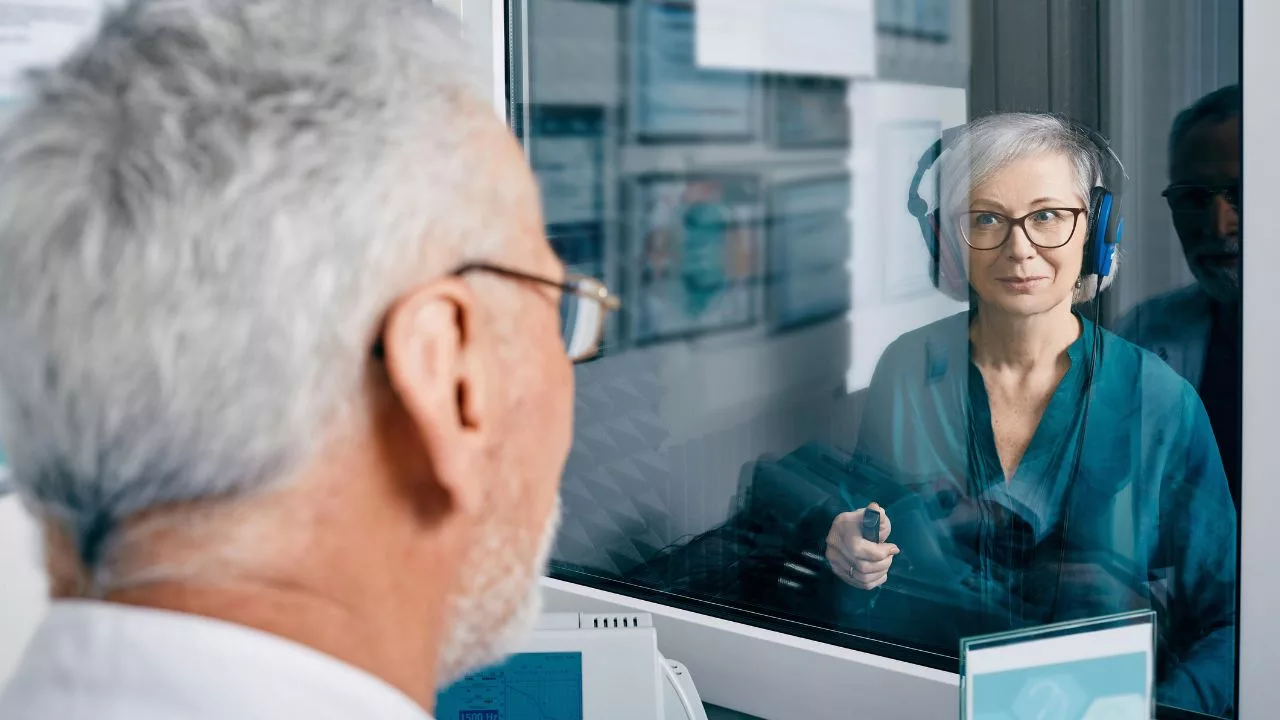The month of May is Better Hearing and Speech Month. Join me in taking a moment to promote awareness and education about communication challenges and the diverse ways in which people communicate.
Hearing and speaking are two of the most common ways that humans communicate and interact with eachother. However, for some individuals, hearing and speaking may be a challenge due to various reasons.
Thankfully, there are a range of tools and therapies available to help improve hearing and speech. Popular tools include hearing aids, cochlear implants, and speech therapy. In this blog post, we will explore these tools and therapies, and also address the dangers of audism, a term used to describe the belief that hearing and speaking are superior to other forms of communication.
Tool #1: Hearing Aids
Hearing aids are devices that help amplify sounds for individuals who have hearing loss. They consist of a microphone, an amplifier, and a speaker that work together to enhance sound quality. The microphone picks up sounds, the amplifier amplifies them, and the speaker sends them to the ear.
Hearing aids come in different styles, including behind-the-ear, in-the-ear, and completely-in-canal. Hearing aids are customized to fit the individual’s hearing needs. While hearing aids cannot restore normal hearing, they can significantly improve an individual’s ability to hear and communicate with others.
Tool #2: Cochlear Implants
Cochlear implants are devices that are surgically implanted into the inner ear. They are designed to bypass damaged hair cells and stimulate the auditory nerve directly. They consist of an external speech processor and an internal receiver-stimulator. The speech processor converts sound into electrical signals, which are sent to the receiver-stimulator and then to the auditory nerve. Cochlear implants are a viable option for individuals with severe to profound hearing loss who do not benefit from hearing aids.
Tool #3: Speech Therapy
Speech therapy is a type of therapy that helps individuals with speech and language disorders. It involves working with a speech-language pathologist (SLP) who can diagnose and treat various speech and language disorders. SLP’s can diagnose and treat articulation disorders, stuttering, and language delays.
Speech therapy can also help individuals with hearing loss learn to communicate effectively using speech, lip-reading, and other forms of nonverbal communication.
A Word of Caution
There is no doubt, tools like hearing aids, cochlear implants, and speech therapy can help individuals with hearing and speech challenges. Yet, it is important to recognize that hearing and speaking are not superior to other forms of communication. The belief that hearing and speaking are superior to other forms of communication is known as audism. This can lead to discrimination against individuals who use other forms of communication, such as sign language.
Audism can be dangerous because it can limit an individual’s access to education, employment, and other opportunities. It can also lead to social isolation and a lack of inclusion in society. It is important to recognize that individuals who use sign language or other forms of communication have their own rich and complex cultures. These cultures should be respected and valued.
In conclusion, we want to celebrate hearing and speech month, while also recognizing the value of all forms of communication and through that, we can create a more inclusive and equitable society.
If you’re unsure what to do when a deaf or hard of hearing person comes into your place of business, check out “A deaf person walks into your business, now what“?





